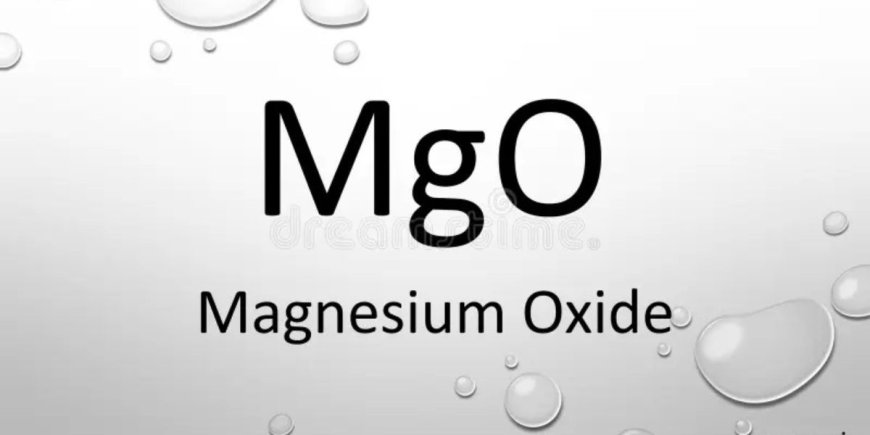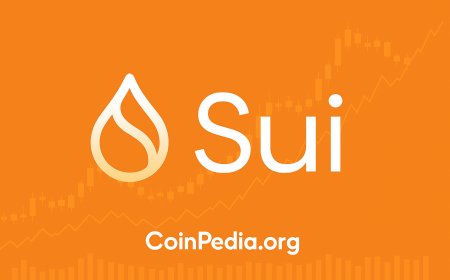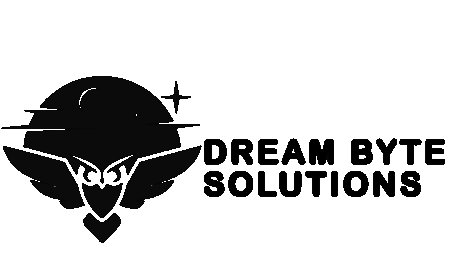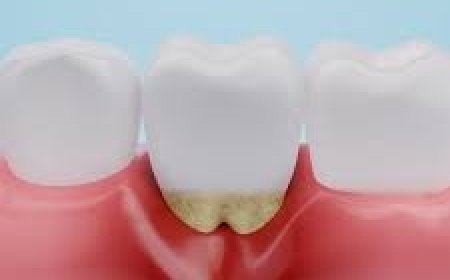The Versatile World of Magnesium Oxide: From Industry to Wellness
Magnesium Oxide

Magnesium oxide (MgO) stands as one of the most important inorganic compounds in modern industry and healthcare. This alkaline earth metal oxide exists as a white hygroscopic solid with exceptional thermal stability, making it invaluable across diverse applications. Its unique properties stem from its ionic crystal structure and strong magnesium-oxygen bonds.
Key Physical Parameters:
-
High melting point: 2,852C (among highest for oxides)
-
Mohs hardness: 5.5-6.0
-
Thermal expansion coefficient: 10.510??/K (25-1000C)
-
Electrical resistivity: >10? ?cm at room temperature
Manufacturing Processes
Industrial production utilizes three primary methods, each yielding distinct product grades:
-
Calcination of Magnesite
-
Raw material: Natural magnesium carbonate (MgCO?)
-
Process: MgCO? ? MgO + CO? (700-1000C)
-
Output: "Light-burned" magnesia (high reactivity)
-
-
Seawater/Salt Lake Processing
-
Precipitation as Mg(OH)? followed by calcination
-
Produces high-purity material (>99%)
-
-
Electric Arc Furnace Method
-
Creates "fused magnesia" crystals
-
Exceptional thermal and chemical stability
-
Industrial Applications Spectrum
Refractory Materials (50% Global Use)
-
Steel furnace linings (last 300-500 heats)
-
Cement rotary kiln bricks (service life 6-12 months)
-
Non-ferrous metal crucibles (up to 85% Magnesium Oxide content)
Construction Sector Innovations
-
Magnesium oxychloride cement:
-
Compressive strength: 50-80 MPa
-
Fire resistance: >1000C for 3 hours
-
-
Portland cement additive (controls setting time)
Environmental Solutions
-
Flue gas treatment: Removes 90-95% SO?
-
Wastewater applications:
-
Heavy metal precipitation (99% efficiency for Pb?)
-
pH adjustment (0.5-2.0 kg/m dosage)
-
Emerging High-Tech Uses
-
Transparent ceramic armor:
-
Vickers hardness: 10-12 GPa
-
Transmission: >70% in IR spectrum
-
-
Semiconductor substrates:
-
Lattice constant: 4.21
-
Bandgap: 7.8 eV
-
Nutritional and Medical Significance
Dietary Supplement Market
-
Provides 60.3% elemental magnesium by weight
-
Typical formulations:
-
Tablets: 250-500 mg
-
Powder: 1-2 g servings
-
-
Global supplement market: $450 million annually
Therapeutic Applications
-
Acid Neutralization
-
Neutralizing capacity: 15-20 mEq/g
-
Onset: 5-10 minutes
-
-
Laxative Effects
-
Osmotic activity: Draws 3-4 water molecules per Mg?
-
Dosage range: 2-5 g for adults
-
-
Clinical Benefits
-
Eclampsia prevention: 4-6 g IV loading dose
-
Hypomagnesemia correction: 400-800 mg/day oral
-
Bioavailability Considerations
-
Absorption rate: 4-15% (pH-dependent)
-
Enhancement strategies:
-
Co-administration with vitamin B6
-
Enteric coating formulations
-
Micronization to <50 ?m particles
-
Safety and Regulatory Landscape
Occupational Exposure Limits
-
OSHA PEL: 15 mg/m total dust
-
ACGIH TLV: 10 mg/m respirable fraction
Consumer Safety Data
-
GRAS status (FDA) for food applications
-
LOAEL (oral): 1.5 g/kg body weight
-
ADI: 0.5 mg/kg/day (JECFA)
Global Market Dynamics
Production Statistics
-
World capacity: 25 million metric tons
-
China dominates with 75% share
-
High-purity (>99%) production: 500,000 tons annually
Price Structures
| Grade | Purity | Price Range | Key Applications |
|---|---|---|---|
| Caustic-calcined | 90-95% | $200-400/MT | Chemical processes |
| Dead-burned | 96-98% | $400-800/MT | Refractories |
| Fused | >99% | $1,500-3,000/MT | Specialty ceramics |
Innovation Frontiers
Advanced Material Development
-
Nanoparticle applications:
-
Antimicrobial coatings (90% reduction in E. coli)
-
Thermal interface materials (5-10 W/mK)
-
-
Transparent polycrystalline MgO:
-
IR transmission to 7 ?m wavelength
-
Laser damage threshold: 15 J/cm
-
Sustainability Initiatives
-
Carbon capture utilization:
-
Mineral carbonation potential: 1.1 t CO?/t MgO
-
-
Circular economy models:
-
Refractory recycling rates approaching 30%
-
Byproduct recovery from desalination brines
-
Comparative Analysis with Alternatives
Magnesium Compound Comparison
| Property | MgO | Mg(OH)? | MgCO? |
|---|---|---|---|
| Mg Content | 60.3% | 41.7% | 28.8% |
| Neutralizing Value | 1.4 | 0.7 | 0.5 |
| Cost Index | 1.0 | 1.2 | 1.5 |
Future Outlook
The MgO market anticipates 4-5% CAGR through 2030, driven by:
-
Green steel production demands
-
Expansion in electronic substrates
-
Growth in nutraceutical applications
Emerging challenges include:
-
Energy-intensive production decarbonization
-
Competition from alternative materials
-
Regulatory pressures on fine particulate forms
This multifaceted compound continues to evolve, bridging traditional industries with cutting-edge technologies while maintaining its fundamental role in both industrial processes and human health.
















![Top 9 Real Estate Mobile App Developers in Riyadh, Saudi Arabia [2025 Edition]](https://www.biphoo.uk/uploads/images/202507/image_430x256_6879d0d524335.jpg)






















